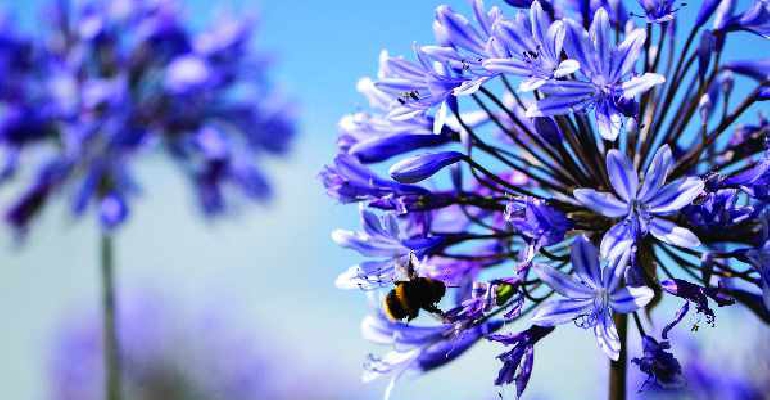
Coming in every shade from darkest inky purple to purest white, no summer garden is complete without the extraordinary blooms of Agapanthus.
Agapanthus are native to South Africa but they’ve spread themselves all over that continent – and much of the world besides. They’ve picked up many different names in their travels, including African Lily, Queen Lily and Nile Lily.
This is a classic example of how confusing things can be when you stray off the botanical classification path. Agapanthus doesn’t naturally occur by the Nile, nor is it a lily; it’s a member of the amaryllis family.
A warm, well-lit spot is what Agapanthus craves. They’ll enjoy a sunny border location in gravelly soil. However, their long, succulent leaves can easily dominate the scene and smother surrounding plants (to be honest, the leaves alone are not terribly interesting to look at), so they are best grown in containers where they will enjoy free-draining conditions and their foliage is less likely to encroach onto neighbours.
Another advantage of growing Agapanthus in pots is that they can be moved into prominent positions as they come into flower, then relegated to the sidelines as the blooms fade. These drought-tolerant characters will also relish the heat rising up from sun-baked patio paving.
The belief that Agapanthus prefers an overcrowded root system and a starvation diet is wrong. Just because they’ll survive on neglect doesn’t mean you shouldn’t give them decent conditions to thrive. Soil type is critical; it sounds perverse but it should be damp, but also free-draining.
A mixture of 70% peat-free potting soil combined with a scoop of moisture-retaining leaf mould and 30% horticultural grit is ideal – the grit will prevent water pooling around the fleshy roots which are prone to rot.
A springtime feed of multipurpose fertiliser will give them a boost, but don’t overfeed as that will create lush foliage at the expense of flowers.
Agapanthus need repotting every few years, preferably in spring. It’s a brutal process, as they make impenetrable spaghetti-like roots that cannot be teased apart. Employ a sharp kitchen knife (and a steady nerve) and slice through the rootball from top to bottom, cutting it into chunks.
Ensure each piece has a healthy growing shoot attached and discard any material that looks old and tired. Repot into fresh compost, leaving soil spaces between each segment for new roots to grow into.
In southern England, most Agapanthus varieties will be hardy. Herbaceous types (they lose the majority of their leaves and semi-hibernate during winter) are tough characters and will survive all weathers, including salt-laden gales, which is why they are such favourites in coastal areas.
Tender varieties retain their leaves and can be damaged by frost, so are best overwintered in a cool greenhouse. Whatever you choose to call them, the stunning architectural blooms of Agapanthus will grace any garden.

 Homes Extra: Home Sanctuary
Homes Extra: Home Sanctuary
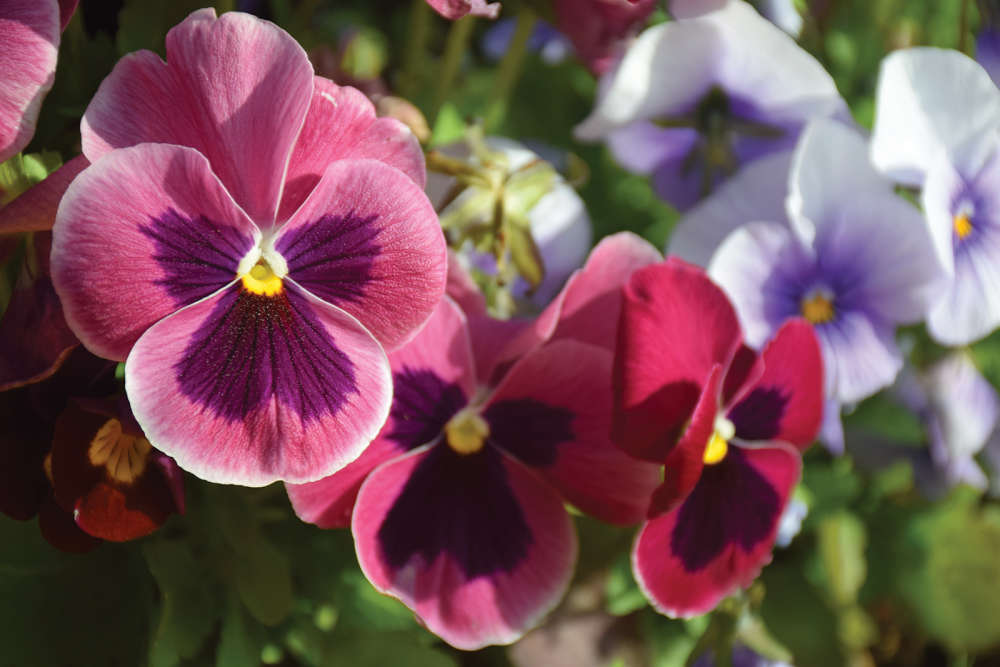 Blooming Times: Happy Faces
Blooming Times: Happy Faces
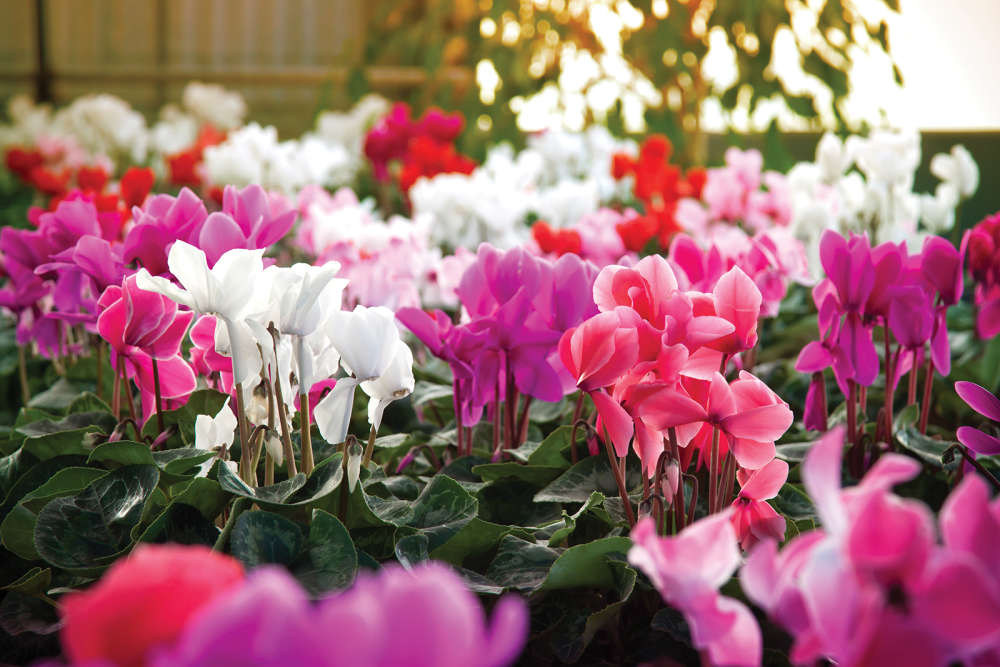 Blooming Times: Winter Sparklers
Blooming Times: Winter Sparklers
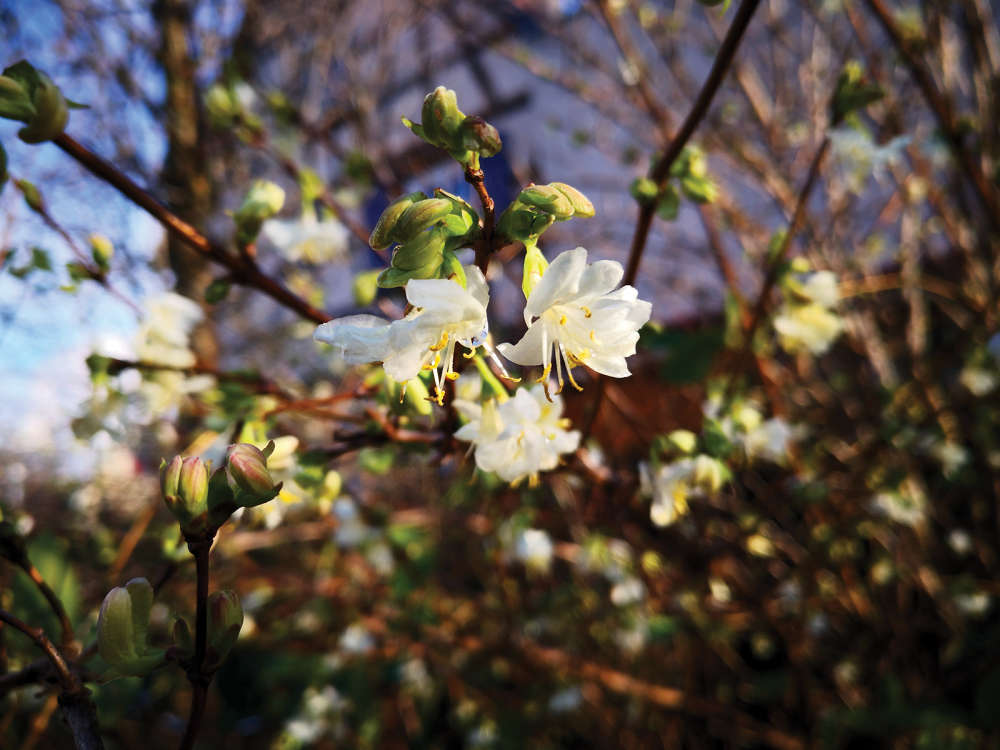 Blooming Times: Winter Wonders
Blooming Times: Winter Wonders
 Blooming Times: The Answer Lies in the Soil
Blooming Times: The Answer Lies in the Soil
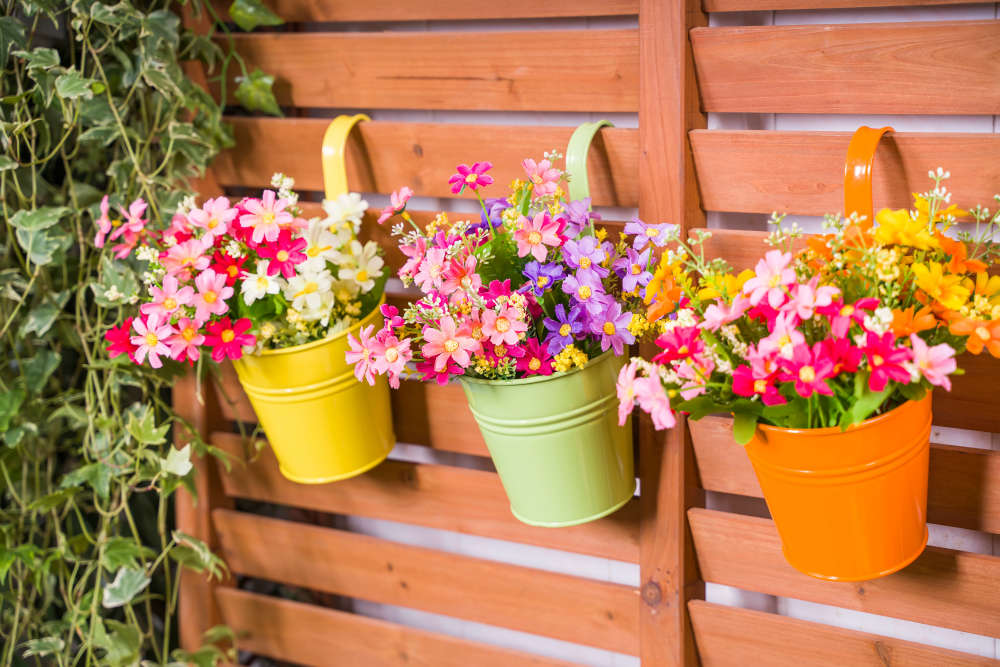 How to Cover Up Shabby Garden Walls and Fences
How to Cover Up Shabby Garden Walls and Fences
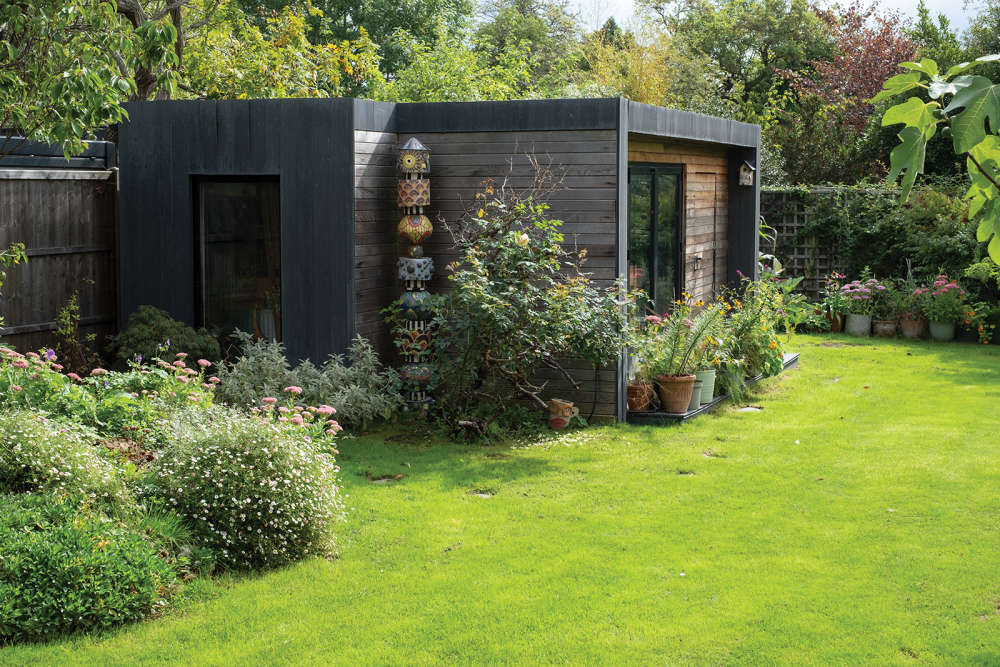 Homes Extra: Shed Space
Homes Extra: Shed Space
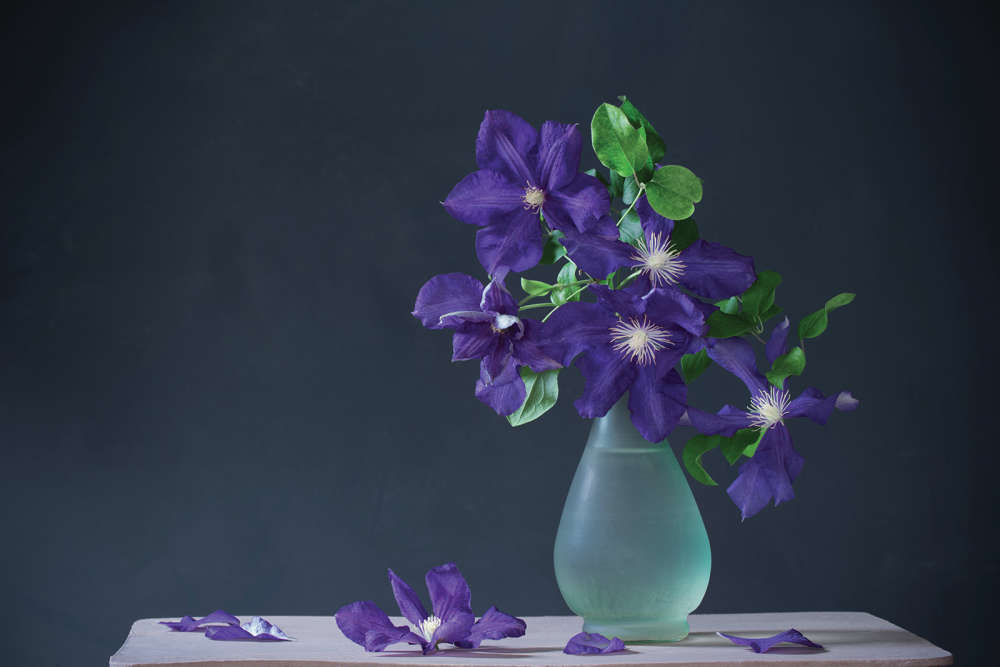 Gardening: Choose a Clematis for Every Month of the Year
Gardening: Choose a Clematis for Every Month of the Year
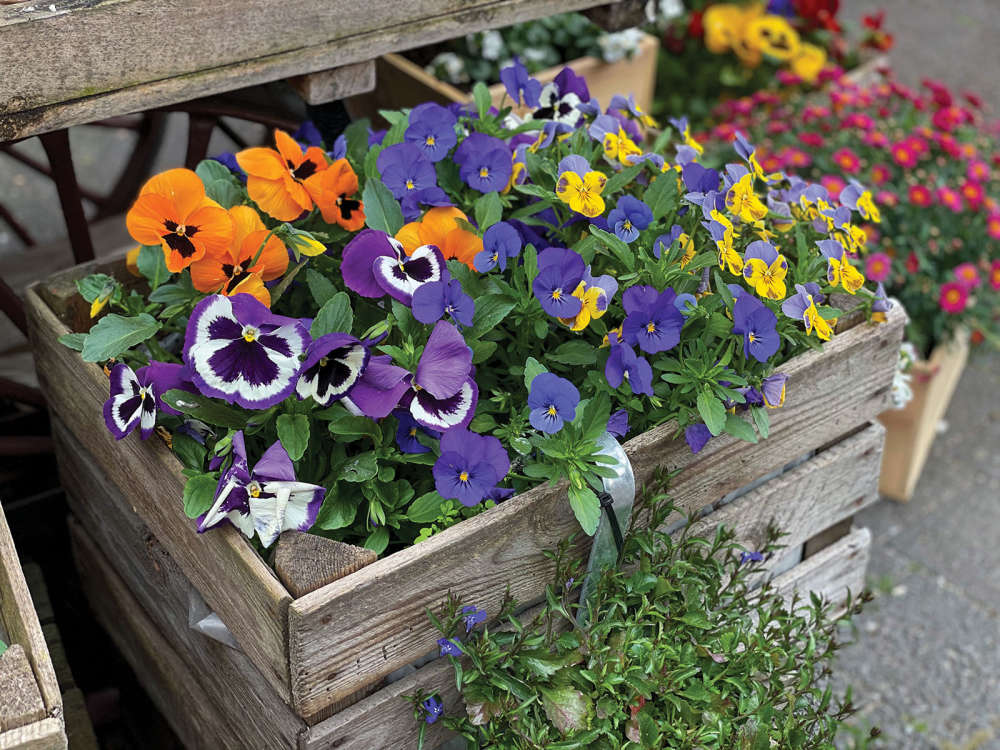 Blooming Times: Top of the Pots
Blooming Times: Top of the Pots
 Kids Zone: Get the Kids Growing
Kids Zone: Get the Kids Growing
 Blooming Times: Wisteria Hysteria
Blooming Times: Wisteria Hysteria
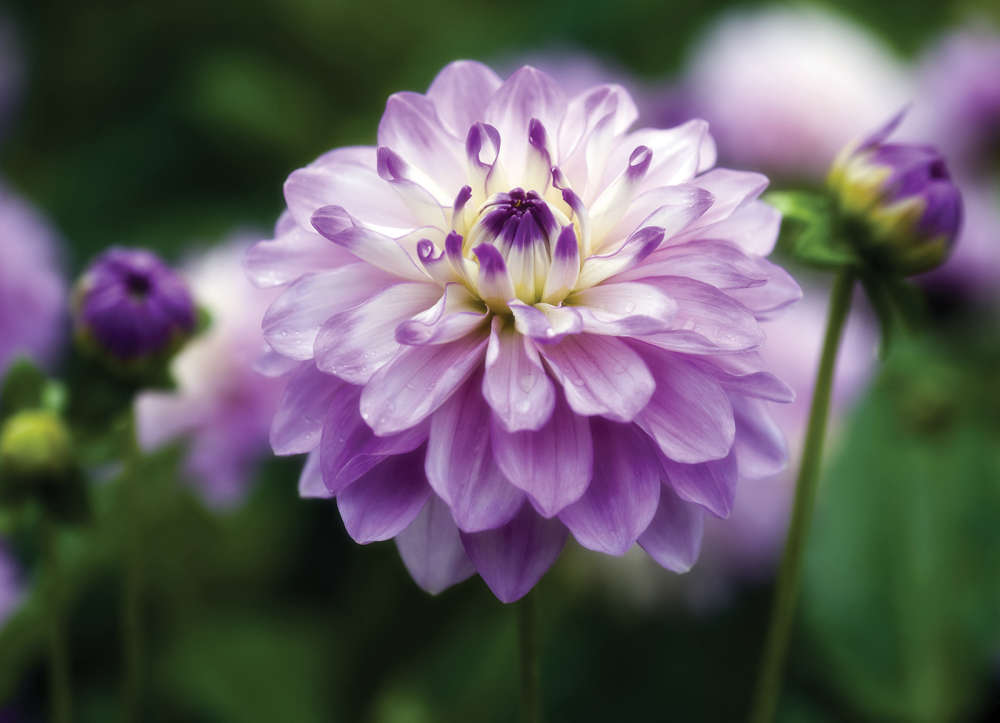 Blooming Times: Dahlia Mania
Blooming Times: Dahlia Mania
 How to Create 3D Walls in Your Home
How to Create 3D Walls in Your Home
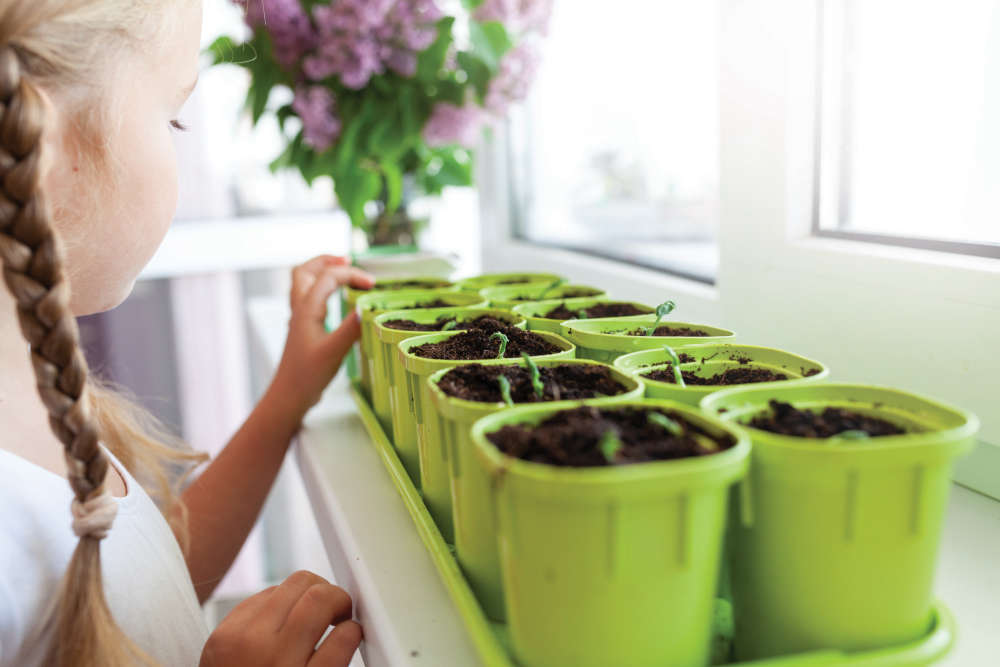 Blooming Times: Spring Fever
Blooming Times: Spring Fever
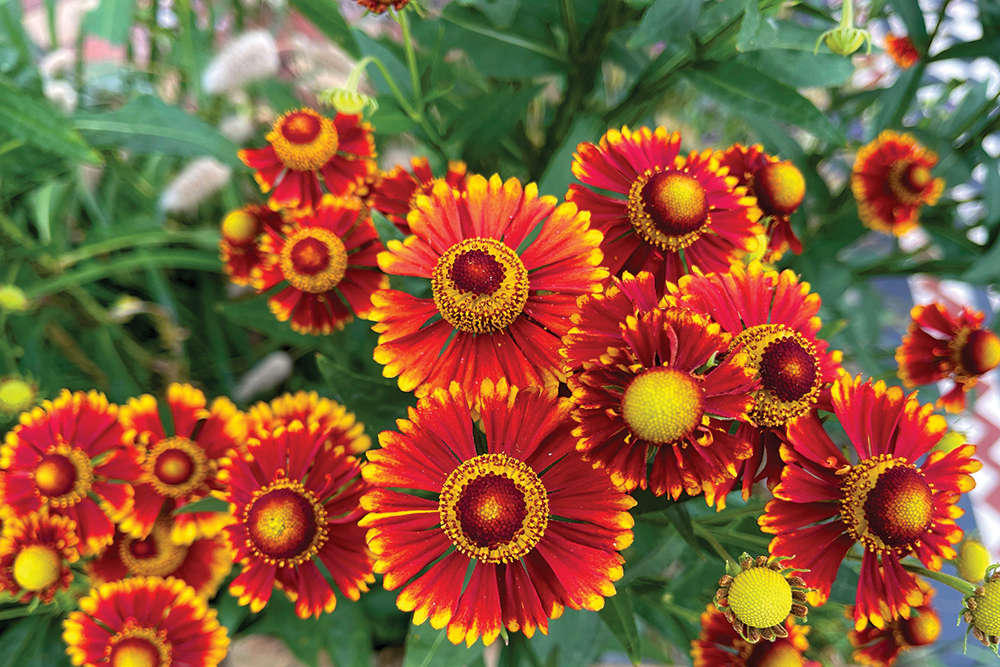 Blooming Times: What's in a Name?
Blooming Times: What's in a Name?
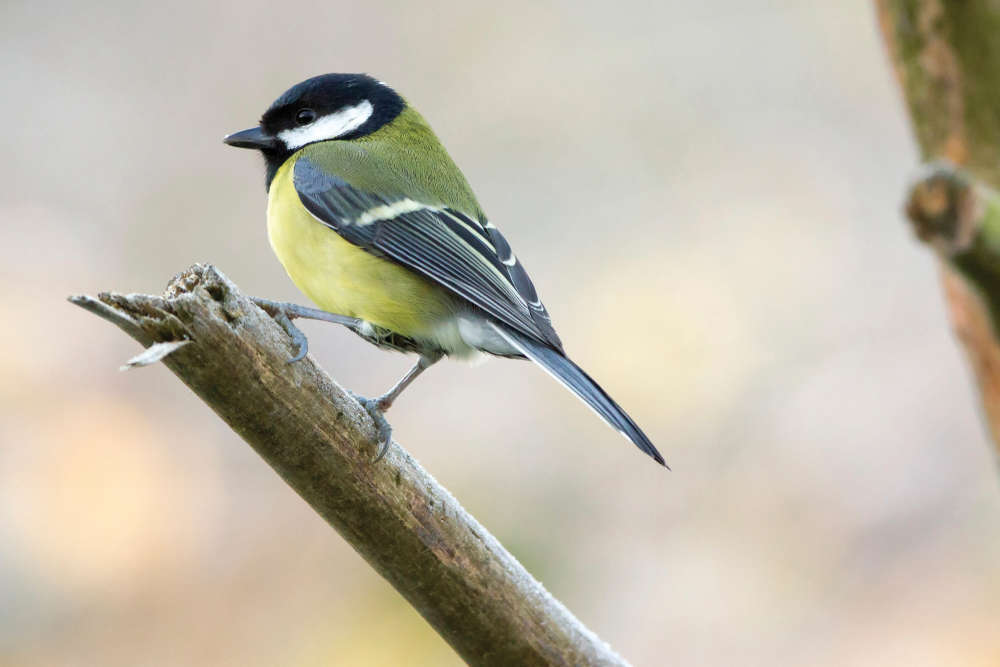 Top 10 Garden Birds to Spot on the Isle of Wight
Top 10 Garden Birds to Spot on the Isle of Wight
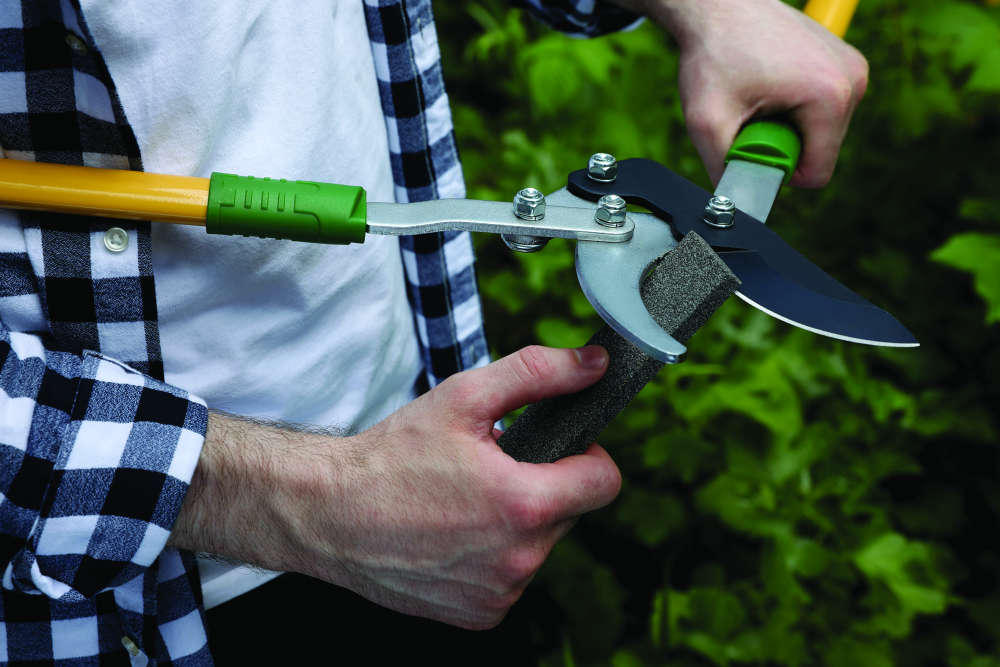 The Best Christmas Gifts for Gardeners
The Best Christmas Gifts for Gardeners
 Gardening: The Benefits of Hedges
Gardening: The Benefits of Hedges
 How to Create a Happy Home Workspace
How to Create a Happy Home Workspace
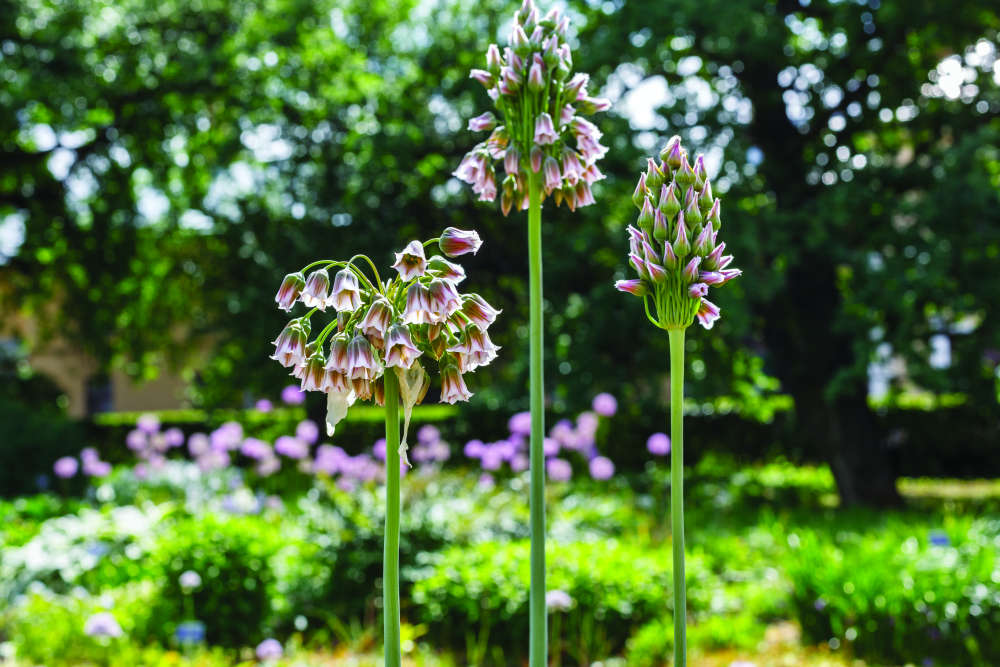 Now's the Time to Plant Alliums for a Spectacular Display Next Year
Now's the Time to Plant Alliums for a Spectacular Display Next Year